Umami Unleashed: 7 Surprisingly Delicious Spice Pairings That’ll Blow Your Taste Buds Away!
If you thought umami was just another fancy food term reserved for sushi chefs and Michelin-starred chefs, think again! This so-called "fifth taste" is the secret weapon behind some of the most craveable dishes on Earth. From savory soy sauce to earthy mushrooms, umami seasonings can transform even the blandest meals into flavor bombs that hit your palate like a culinary fireworks show.
Table of Contents
- What Exactly Is Umami Anyway?
- The Science Behind the Savory Magic
- 7 Game-Changing Umami Spice Pairings
- How to Use These Umami Combinations Like a Pro
- Common Mistakes to Avoid When Using Umami Seasonings
- Myth vs Fact: Debunking Common Umami Misconceptions
- Wrapping It Up: Bringing More Umami Into Your Kitchen
What Exactly Is Umami Anyway?
The word "umami" comes from Japanese and literally means "pleasant savory taste." Coined by Japanese chemist Kikunae Ikeda in 1908, it describes that deep, meaty, mouthwatering flavor that makes you go, "Hmm, this tastes… right." Think grilled steak, Parmesan cheese, fermented sauces, or even ripe tomatoes—these are all loaded with umami compounds.

The Science Behind the Savory Magic
At the molecular level, umami comes from glutamates (like monosodium glutamate, or MSG) and ribonucleotides like inosinate and guanylate. These compounds activate specific taste receptors on your tongue that signal “this is delicious.” But here’s the kicker—when certain umami compounds combine, they create a synergistic effect called umami stacking, where the overall savory impact becomes more than the sum of its parts.
| Umami Compound | Examples | Flavor Profile |
|---|---|---|
| Glutamate | Tomatoes, Parmesan cheese, kombu | Savory, rich |
| Inosinate | Meat, fish (especially tuna), chicken | Meaty, robust |
| Guanylate | Mushrooms, seaweed, dried shiitake | Earthy, intense |
7 Game-Changing Umami Spice Pairings
Ready to take your spice game to the next level? Here are seven surprisingly effective umami-enhancing pairings that will make your taste buds sing:
- Smoked Paprika + Miso Paste: A match made in smoky heaven. Try it in roasted vegetables or blended into mayonnaise for an epic sandwich spread.
- Dried Shiitake Mushrooms + Soy Sauce: Two heavy hitters come together. Perfect for ramen broths, stir-fries, or mushroom risotto with a vengeance.
- Ancho Chili Powder + Worcestershire Sauce: Smoky, tangy, and deeply savory. Add a pinch to burgers or grilled cheese for a flavor explosion.
- Fish Sauce + Black Garlic: Intense and funky, this combo brings complexity to marinades, dressings, or Thai-inspired curries.
- Turmeric + Parmesan Cheese: Who knew curry spices and Italian dairy could play so nicely? Sprinkle on roasted cauliflower or creamy polenta.
- Sumac + Anchovy Paste: Bright, tangy, and bold. Great in salad dressings, pasta sauces, or as a finishing dust on grilled meats.
- Cumin + Tamari: A Middle Eastern-Mediterranean mashup. Ideal for tofu scrambles, roasted chickpeas, or lamb skewers.
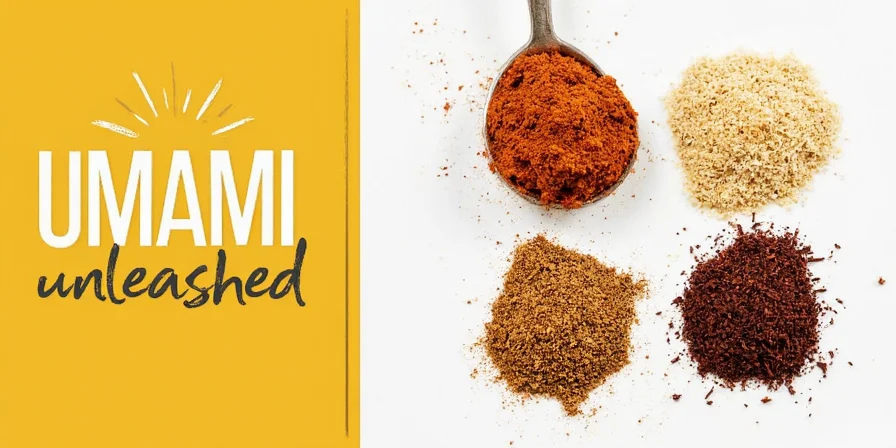
How to Use These Umami Combinations Like a Pro
You don’t need a PhD in flavor science to use these combos effectively. Here are some quick tips:
- Start small: Umami is powerful. A little goes a long way.
- Balance flavors: Don’t forget sweetness, acidity, and heat when building a dish.
- Layer strategically: Add umami seasonings at different stages—start with dried ingredients early, finish with sauces or powders later.
- Use them in unexpected places: Try adding umami blends to desserts (Parmesan + black pepper ice cream anyone?) or cocktails.
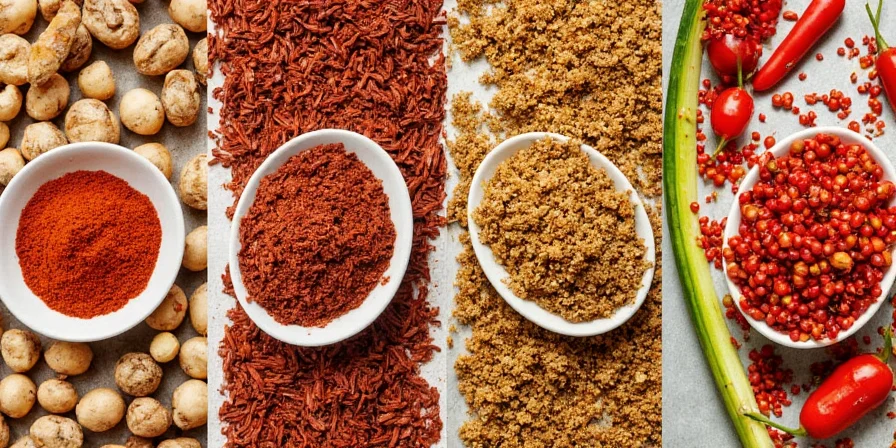
Common Mistakes to Avoid When Using Umami Seasonings
Even seasoned cooks can fall into traps when playing with umami. Here’s what not to do:
- Overloading: Too much umami can make a dish feel flat or overly salty.
- Mismatched textures: Mixing crunchy and soft ingredients without balancing the umami load can lead to sensory confusion.
- Neglecting balance: No matter how many umami ingredients you throw in, if the sweet, sour, bitter, and salty aren't balanced, the dish won't shine.
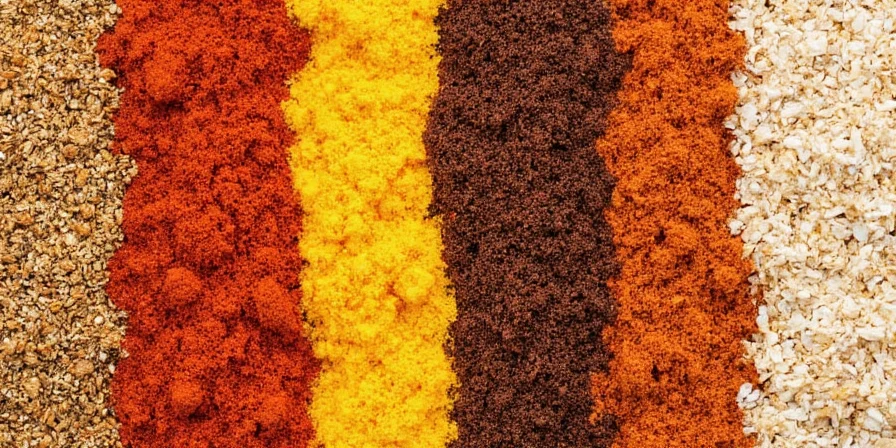
Myth vs Fact: Debunking Common Umami Misconceptions
| Myth | Fact |
|---|---|
| MSG is unhealthy and artificial. | Monosodium glutamate occurs naturally in many foods and is safe in normal consumption amounts. |
| Only Asian cuisine uses umami seasonings. | From Italian cheeses to French stocks, umami is global and transcultural. |
| More umami always equals better flavor. | Balanced flavor matters more than sheer intensity. |
Wrapping It Up: Bringing More Umami Into Your Kitchen
Now that you’re armed with the knowledge of umami spice pairings, it’s time to get creative in your kitchen. Whether you're roasting veggies, grilling proteins, or experimenting with vegan alternatives, these combinations can add depth, richness, and a touch of gourmet flair to your everyday cooking.
Remember: The goal isn’t just to layer umami—it’s to elevate your entire flavor profile. So grab your favorite spices, start mixing and matching, and let your taste buds be your guide. After all, food should be delicious—and now, thanks to umami, it can be even more so!
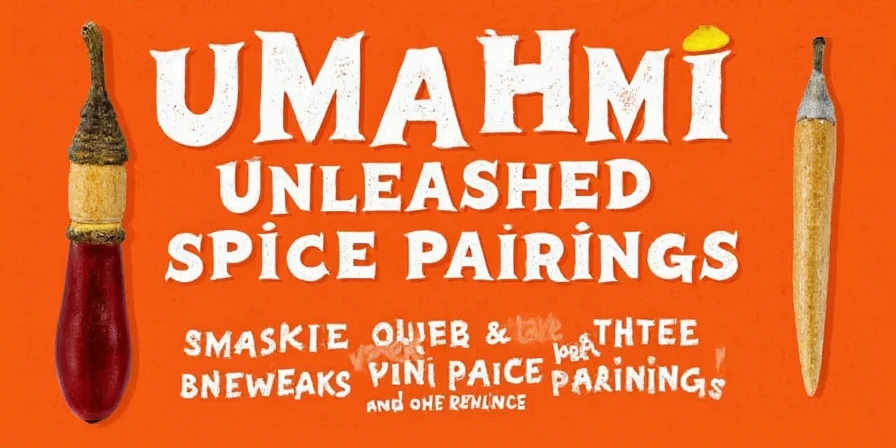
Final Thought
Don’t be afraid to play. Some of the best umami discoveries happen when you least expect them. Who knows—you might stumble upon the next big flavor trend while making dinner tonight!

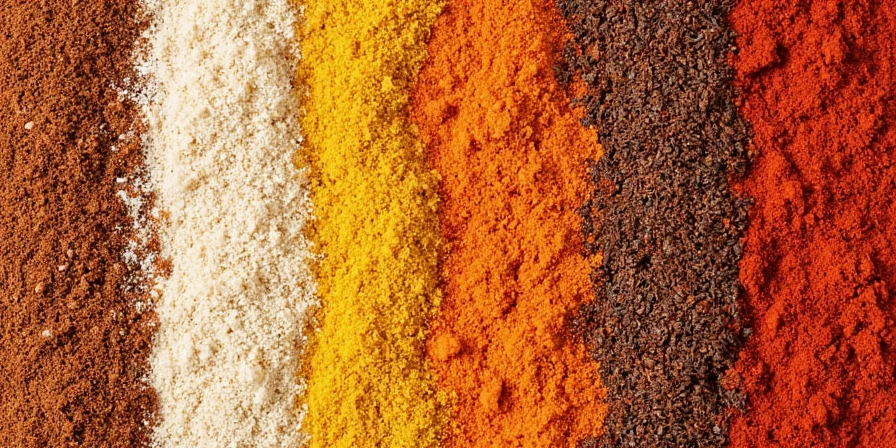









 浙公网安备
33010002000092号
浙公网安备
33010002000092号 浙B2-20120091-4
浙B2-20120091-4